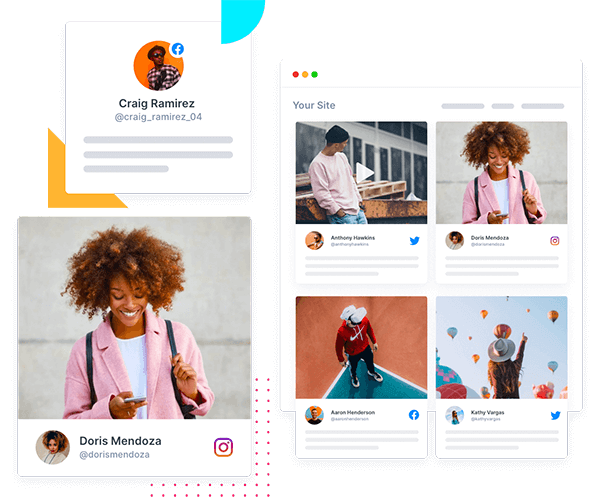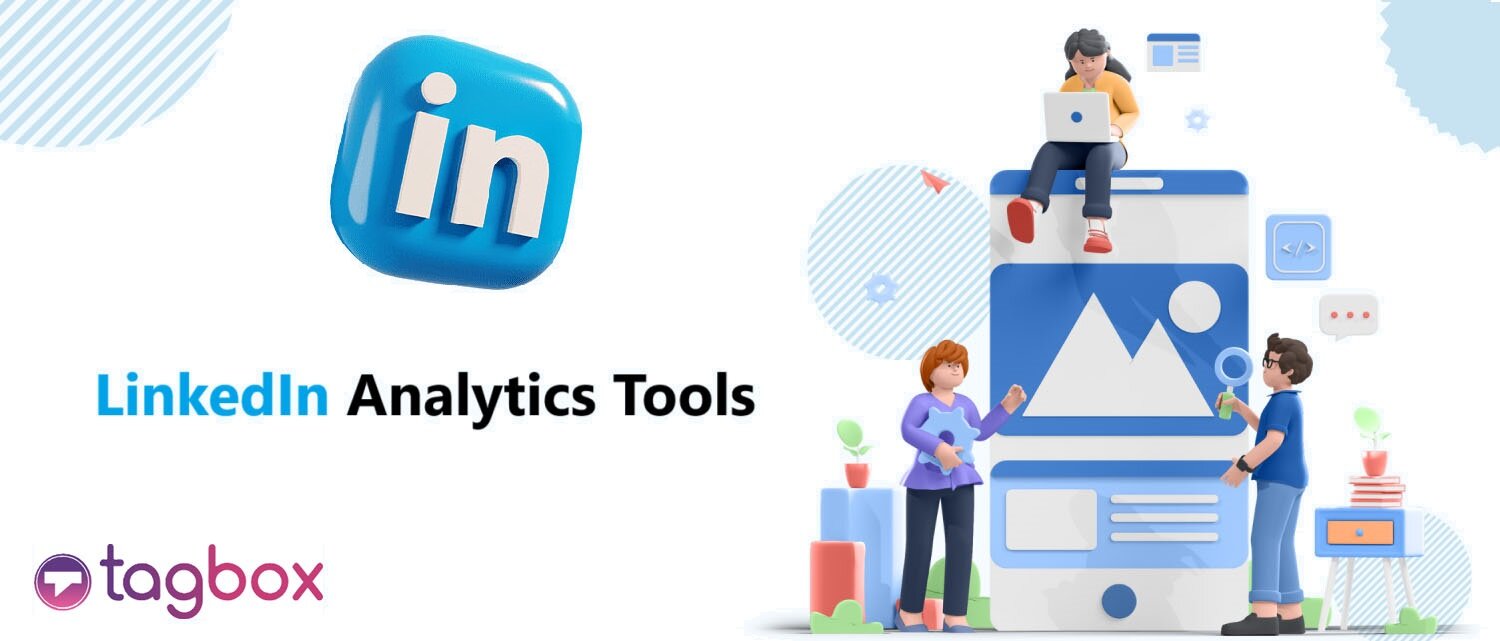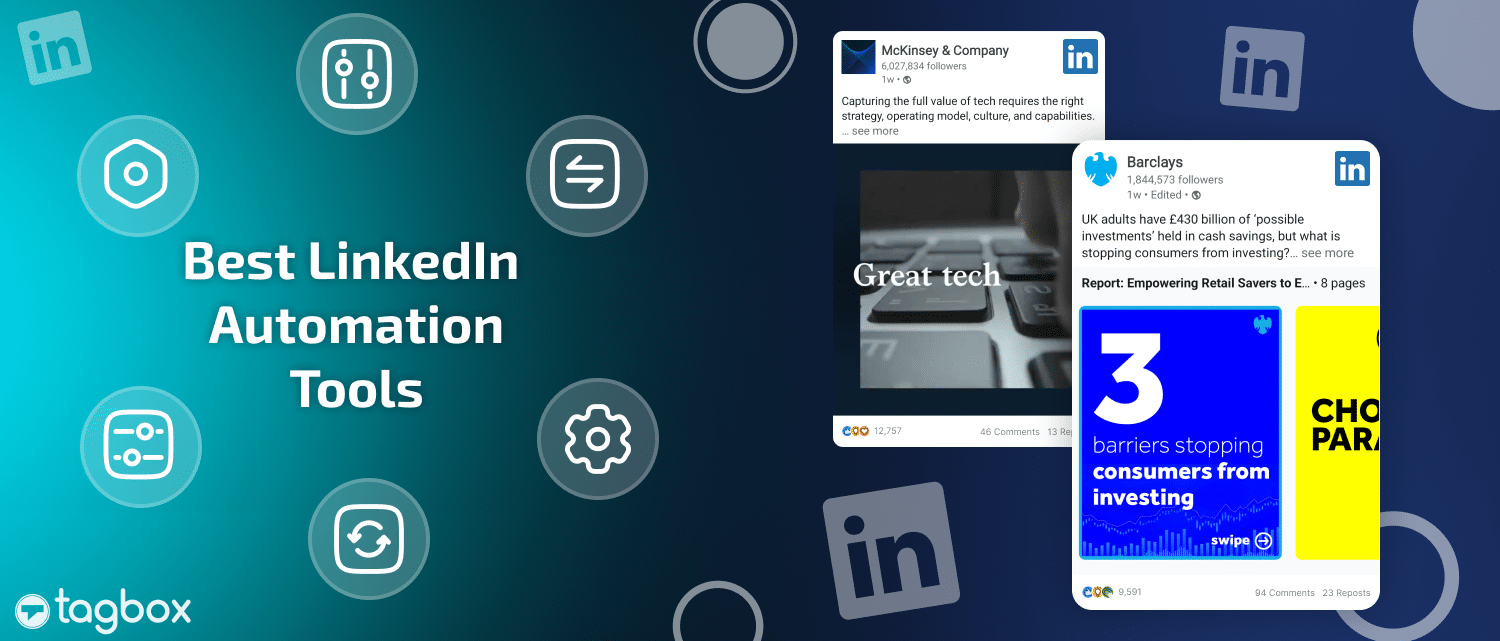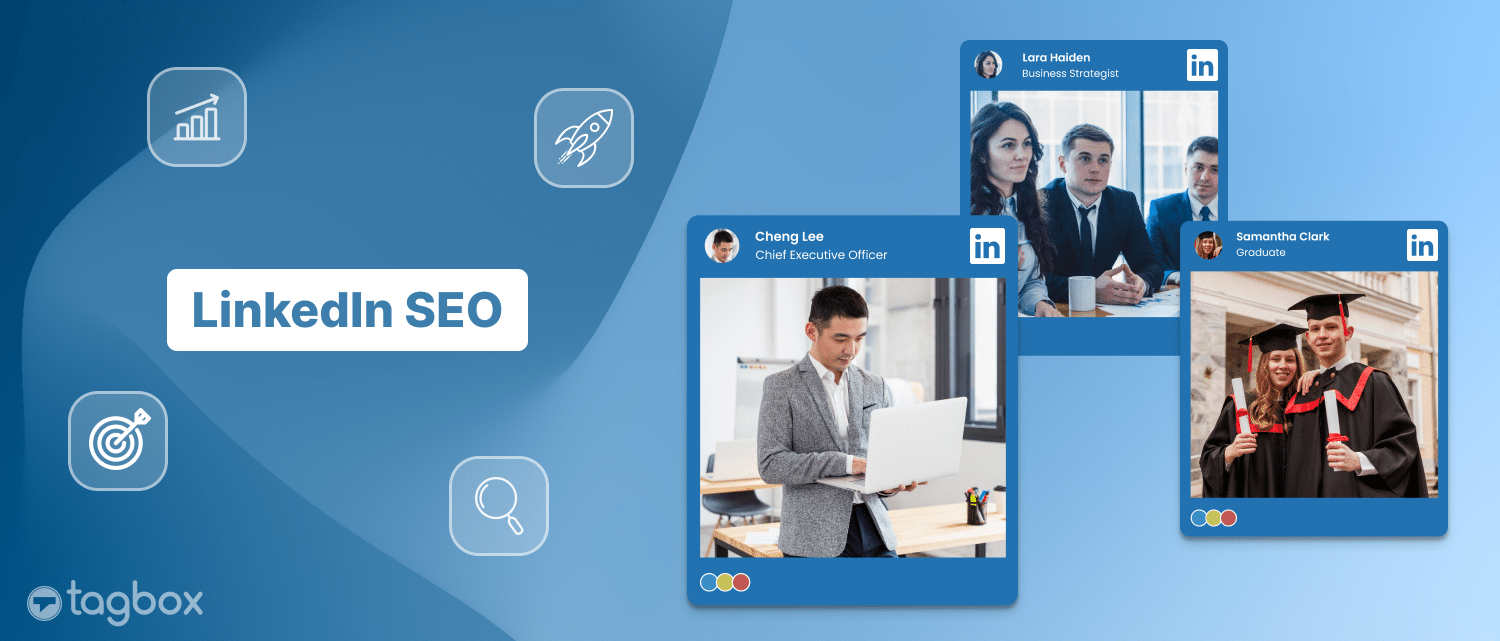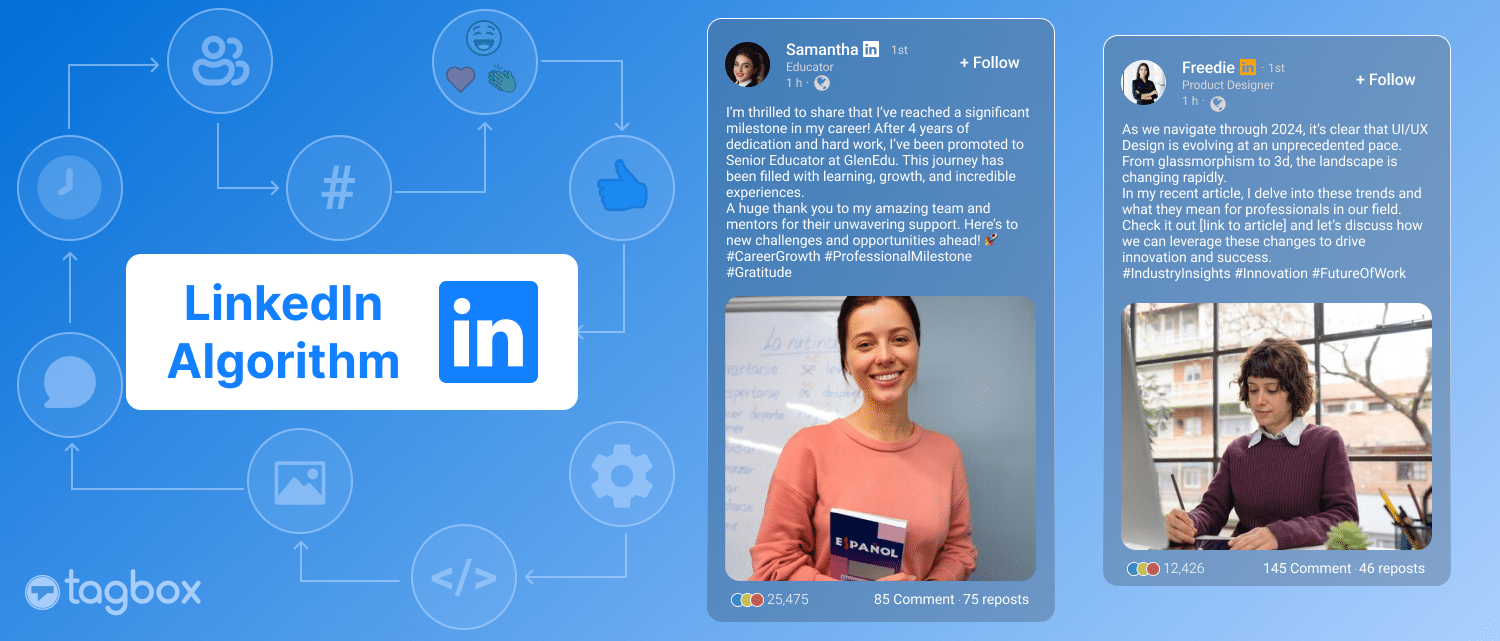3 Ways To Increase Your Business Sales With Consumer Generated Content (CGC)
The powers of user-generated have long been known now. Consumer-generated content marketing is an approach that renders businesses with fruitful results without brain-storming crazily and being cost-effective with their marketing and social methods. Our team has filtered out 3 workable ways in which brands can use user-generated media to increase their business sales.
Use UGC Reviews and Ratings Smartly:
Online shoppers experience a great level of purchase anxiety. This purchase anxiety is more significant when a shopper is purchasing from a new website altogether. Buyers today trust reviews and ratings from fellow buyers just like them in comparison to deliberate branded marketing.

Efforts taken by business owners in highlighting the product’s features or benefits do not convince shoppers today as much as reliable and honest online reviews or recommendations from ‘real’ buyers do.
Here, businesses must aim to use consumer generated content to be displayed to shoppers while they’re surfing the website to create a lasting impact and result in conversions.
The key detail that lies here is the ‘use’ of such user-generated media all throughout the website and beyond.
How to use UGC on the website, some ideas?
User-generated media can be in the form of reviews, ratings, photos, videos, or questions and answers.
A classic way to understand the judicious use of all these will be on the website of the e-commerce giant – Amazon. Amazon has successfully implemented all these features on their product pages and has thus tapped the energies of user-generated content for increasing its conversions.
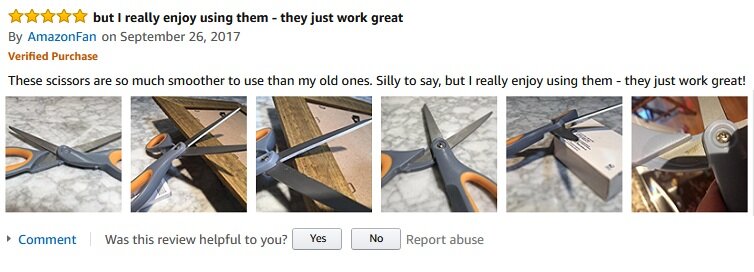
Reviews and ratings are a common form of user-generated content marketing style. Using UGC on E-commerce platforms to increase e-commerce sales is a trusted best practice today. Product photos by former customers allow a shopper to see what the product looks in ‘real’ outside a photo studio or untouched from excessive editing. Customers often share zoomed views of a product and demonstrate the use of it via short videos and illustrative photos or by practical answers about the product use & look of the product in the Q&A segment or a detailed explanation via review.
User-generated content gives your buyers immediate help for their shopping apprehensions. Apart from using user-generated content on product pages, you can also used UGC in promotional emails, social media advertisements (Facebook, Instagram or YouTube Ads), Google and Bing Ads etc. as these ensure higher click-through rates.
Consumer-generated marketing has twin benefits –makes your existing customers feel valued for submitting their opinion and feedback and at the same time it conveys authenticity and creates a trust factor among your potential customers ultimately leading to increased conversions.
Give the power to your very own customers to pitch about your product to new shoppers. Let your former customers be brand advocates and convey product authenticity and quality to new buyers.
1. Display & Address Negative UGC Satisfactorily
Customers do not necessarily share positive user-generated content only. Oftentimes customers leave negative feedback concerning poor service, delayed delivery, poor product quality etc. A brand must always choose to address such negative customer reviews and provide a satisfactory response to their customers. This explains that the brand is accepting their fault, understanding the core problem and is agreeing to improve and serve better the next time.
Addressing negative UGC is critical to business growth in the long-run. You do not want to be a brand that shy’s away from displaying critical reviews online. Do display them for they reflect that the brand is honest and transparent and is ready to improve the next time.
Reports say that 30% of customers would go back to a brand after seeing how their business has improved. Responding to negative reviews also opens up a chance of striking a conversation with your customers and shows to interested shoppers that you’re a brand that values its customers. Leveraging user-generated content for in-store marketing campaigns is ana amazing way to increase user trust and sales eventually!
2. Make Thorough Use of Q&A Section, Comments & Messages
This point is a general mix on how to keep the conversation going. A smart attempt at UGC marketing is to wisely use the Q&A section in your website or the comments section of your social profiles, messages etc.
The brand can also request for product ideas, campaign and contest ideas from its customers. This will generate UGC and will also help the brand to scale down its costs for hunting for newer ideas. Also – you ask for ideas from your very own customers and give them what they want in the form of new product designs, functionalities etc.
When customers send in their product queries and pain points they experience while shopping, a brand must necessarily respond to that. One- it resolves the customer’s apprehensions and will hopefully result in a successful conversion. Two-you’re giving rise to a conversation which will perhaps draw the attention of other shoppers online if they’re experiencing similar product qualms.
Brands must quickly respond to customer queries as this reflects quality customer service and the ‘receptive’ quality of the brand. Creating client portal can centralize customer inquiries, enabling timely responses and showcasing a commitment to attentive and efficient support.
The question can be answered by the customer-service/social team or addressed to former buyers of the same product (Amazon does this too) to create a community shopping experience.
Consumer-generated marketing is a concept that benefits brands hugely and saves digital marketing budgets, cuts costs and provides new ideas for designing contests, campaigns, product features and services. Sharing UGC breeds more UGC and builds an overall brand community and adds value to the brand-customer relationship.
Embed social feed from Facebook, YouTube, Instagram, Twitter on your website, like a PRO
